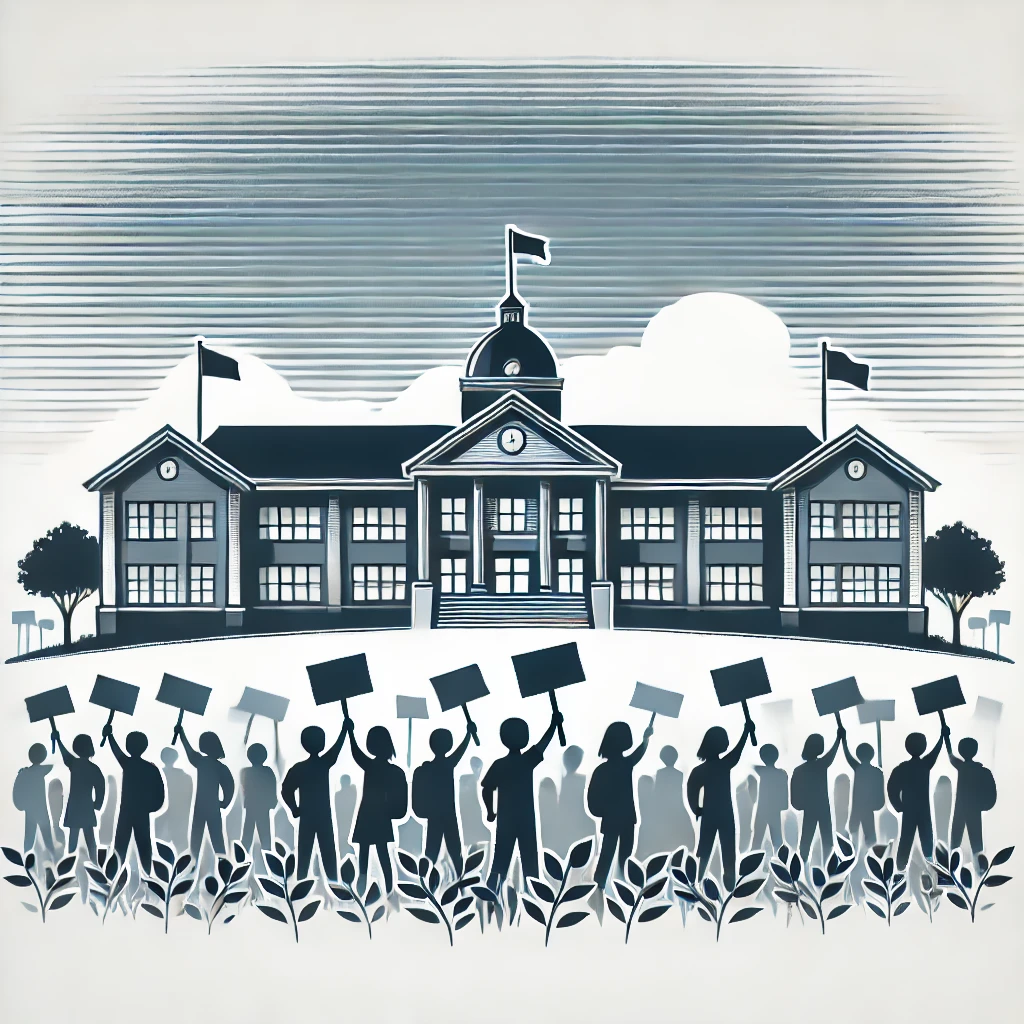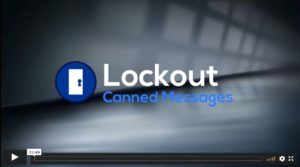It is important for schools to understand both their authority and the legal limitations surrounding student protests. This ensures that student rights are upheld while maintaining safety and order within the school environment. While Altaris is not a law firm and unable to provide legal advice, the following is a curated breakdown of what schools can and cannot do under the law. Schools should always consult with their legal counsel to ensure compliance with both federal and state laws regarding student protests.
What Schools Can Do:
- Set Time, Place, and Manner Restrictions:
- Schools can regulate when, where, and how protests occur, as long as these restrictions are reasonable and not based on the content of the protest. For example, schools may designate specific areas for protests or restrict protests during instructional time to avoid disruption.
- The restrictions must be content-neutral, meaning they apply equally to all viewpoints.
- Ensure the Educational Process Continues:
- Schools have the right to prevent disruptions to the educational process. If a protest interferes with classroom activities, school operations, or endangers student safety, administrators can take steps to curtail the protest in those areas.
- Require Compliance with School Policies:
- Protesters are still subject to school policies regarding safety, behavior, and attendance. Districts can enforce rules about trespassing, vandalism, disruptive conduct, and unauthorized use of school facilities, as long as these policies are applied consistently to all students.
- Discipline for Violating School Rules:
- If students break school rules (e.g., leaving class without permission, inciting violence, or causing property damage), the district can enforce appropriate disciplinary measures, such as detention or suspension. Disciplinary actions must be related to the rule violation, not the content of the protest.
- However, discipline should not be excessive or aimed at punishing free expression itself.
- Involve Law Enforcement if Necessary:
- If a protest leads to illegal activity (e.g., violence, trespassing by non-students, or safety threats), the district can involve law enforcement to ensure the safety of all students and staff. This should be done as a last resort and handled with a focus on de-escalation.
What School Districts Cannot Do:
- Suppress Free Speech Based on Content:
- Under the First Amendment, students have the right to free speech, including the right to protest. The district cannot stop a protest or punish students simply because they disagree with the message, as long as the protest is peaceful and non-disruptive.
- This applies even if the protest involves controversial topics. Schools must remain neutral regarding the content of student speech.
- Impose Unreasonable Restrictions on Protests:
- Any restrictions placed on protests (e.g., time, place, and manner) must be reasonable. Schools cannot place overly restrictive rules that effectively prevent protests from happening (e.g., banning all forms of protest or confining protests to areas that students cannot access).
- Punish Students for Lawful, Peaceful Protests:
- Students cannot be disciplined solely for engaging in peaceful protest or expressing their opinions, even if the administration disagrees with their views. Any disciplinary action must be related to violations of specific school rules, not the protest itself.
- For example, skipping class to protest could lead to disciplinary measures for truancy, but not for the act of protesting.
- Involve Law Enforcement for Peaceful Expression:
- Schools should not involve law enforcement in peaceful, lawful protests. Law enforcement involvement is only appropriate if there is a genuine safety threat, illegal activity, or refusal to comply with reasonable school rules.
- Restrict Off-Campus Protests Without Just Cause:
- If students choose to protest off-campus and outside of school hours, the school has no authority to regulate or punish them for this activity, provided it does not cause significant disruption to the school environment or pose a safety threat.
Conclusion:
Schools must walk a fine line between maintaining order and respecting students’ constitutional rights. By focusing on reasonable time, place, and manner restrictions and ensuring the educational process is not disrupted, schools can legally manage student protests while avoiding infringing on free speech rights. Law enforcement should only be called in if necessary for safety reasons or to address illegal activities.
For specific legal concerns or incidents, it’s recommended that schools consult with their legal counsel to ensure compliance with both federal and state laws regarding student protests.




